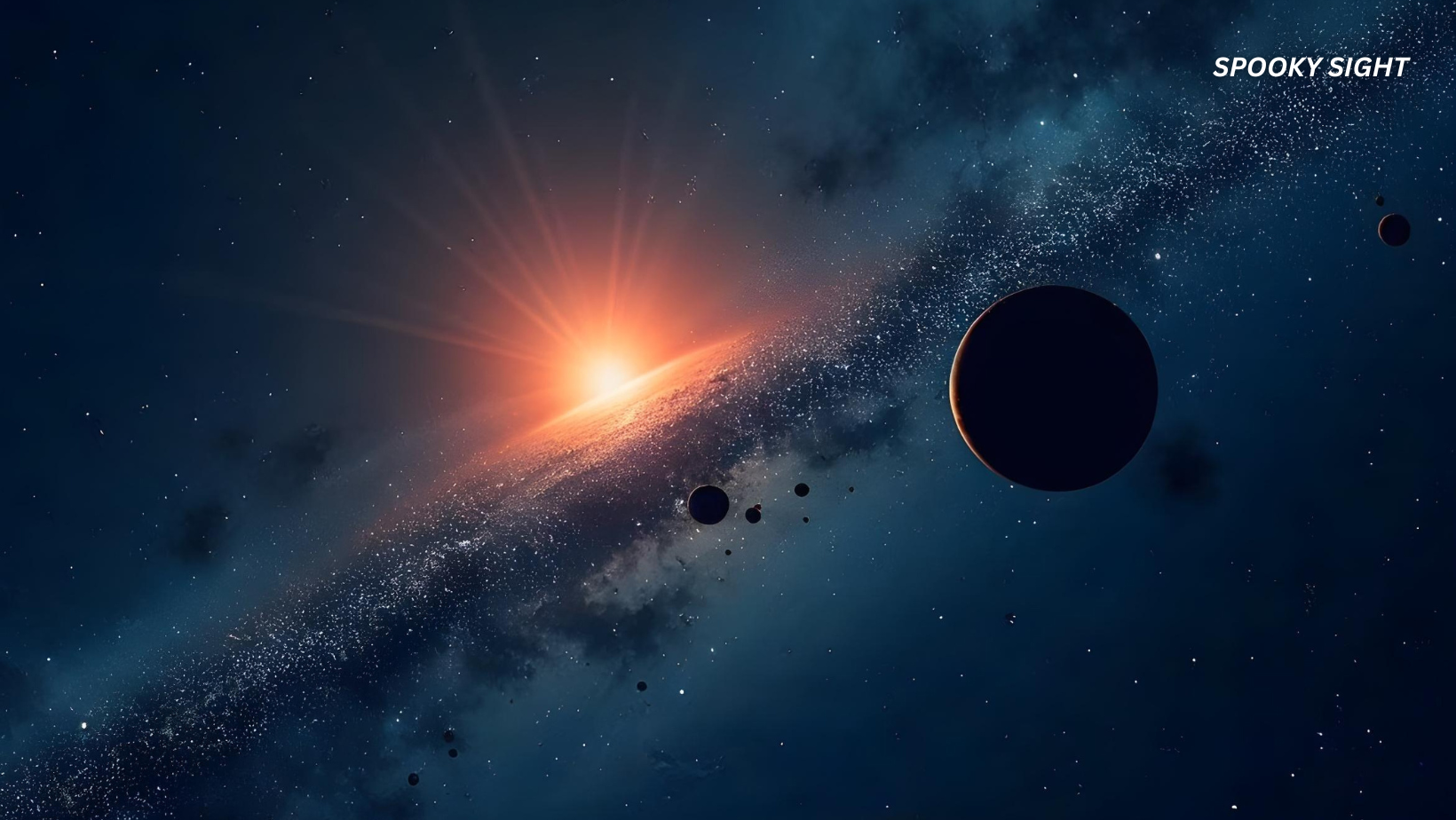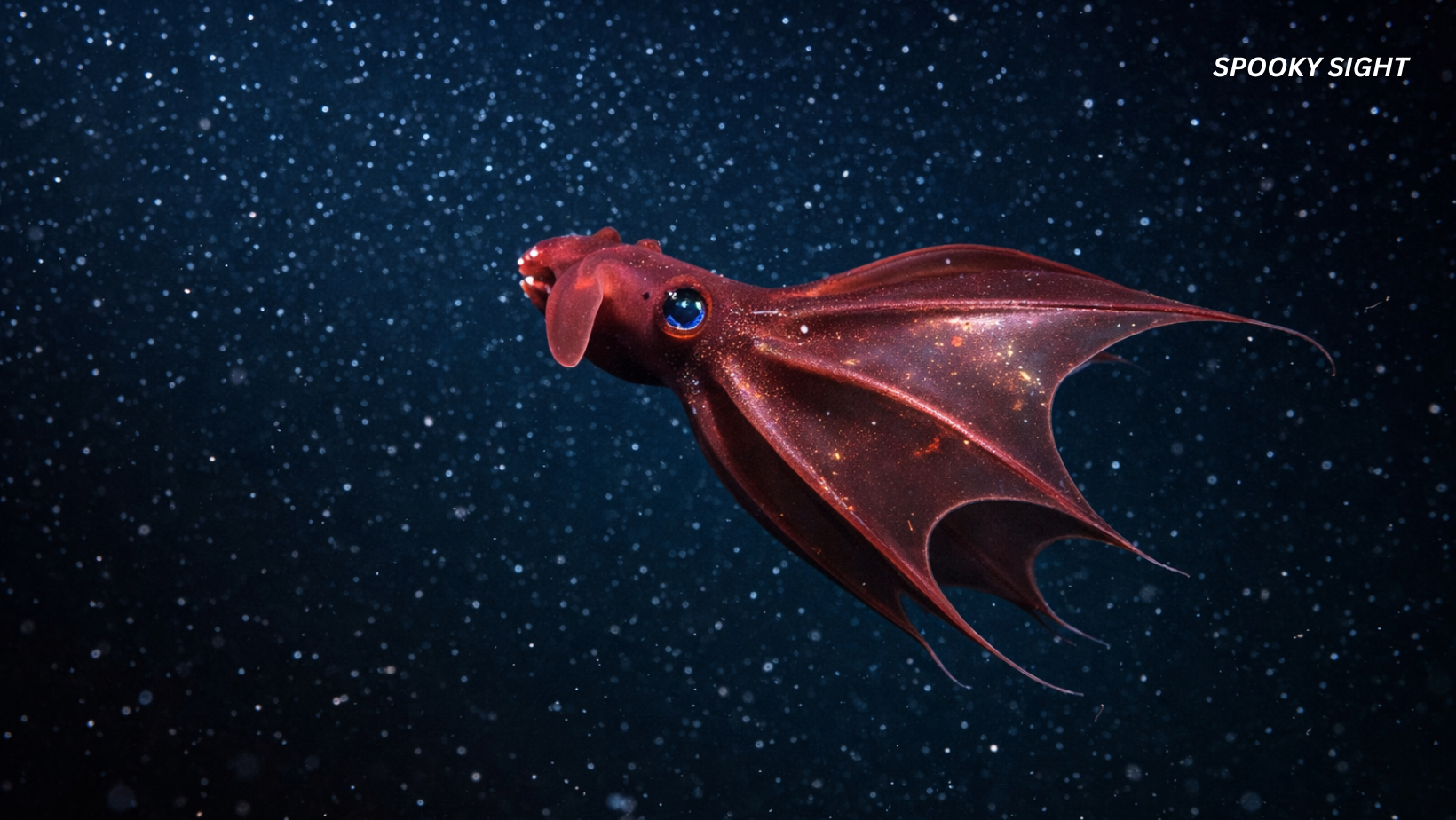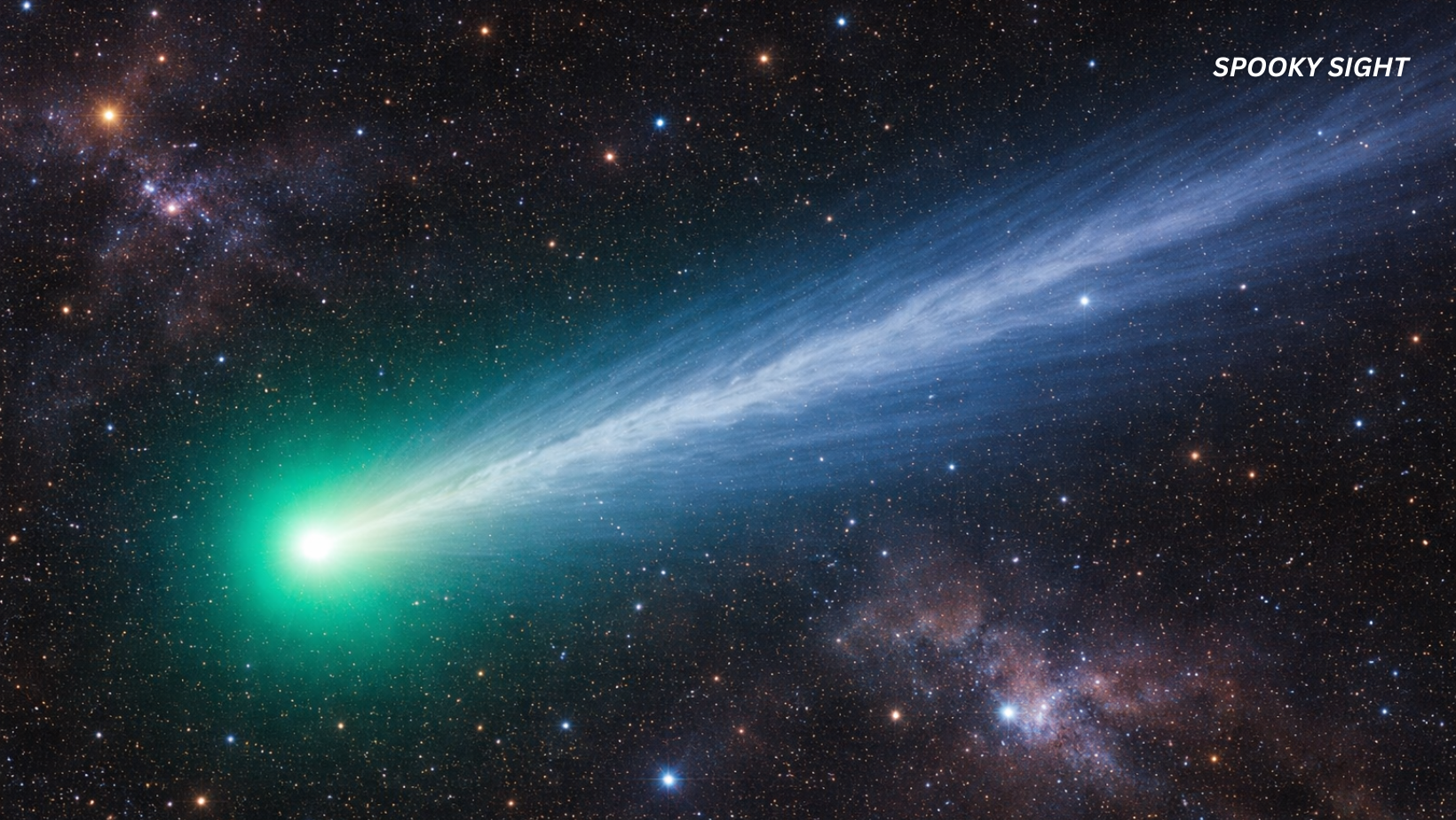The solar system, for all its familiarity, may still be keeping secrets. Astronomers now think there might be another world quietly circling the Sun—nicknamed Planet Y. Unlike the well-known planets that shine brightly in our night sky, this one—if it exists—lurks in the dark, far beyond Neptune, in a place where sunlight is only a faint glow.
Planet Y is thought to orbit between 100 and 200 times farther from the Sun than Earth. To give that some scale, Pluto, long considered the edge of the planetary family, orbits at only about 40 times Earth’s distance from the Sun. If confirmed, Planet Y would be a small but significant discovery, somewhere between the size of Mercury and Earth.
For astronomers, this would be a monumental find. Not since Pluto’s discovery in 1930 has a new planet been added to the official lineup. And unlike Pluto—later demoted to “dwarf planet” status—Planet Y could be a genuine addition to the solar system’s planetary roll call.
A Solar System with More Secrets Than We Thought
When people imagine the solar system, they often picture a neat, orderly arrangement: the Sun in the middle, planets orbiting in predictable circles, and maybe a few comets swooping in for dramatic effect. Reality, however, is far messier.
Beyond Neptune lies the Kuiper belt, a vast, icy frontier that stretches billions of kilometers across. It’s home to countless frozen bodies—comets, dwarf planets, and mysterious objects we barely understand. This region is sometimes called the “solar system’s attic,” storing remnants from its chaotic childhood over four billion years ago.
It’s here, in this cosmic junkyard, that astronomers stumbled across something odd: a warp in the orbits of Kuiper belt objects. Instead of lying flat in the same plane as the rest of the solar system, their average orbits appear tilted by about 15 degrees.
That tilt shouldn’t be there. Something, or someone, seems to be tugging at these distant bodies. And one explanation could be a hidden planet.
Read more: ‘Alien’ Object Speeds Toward Earth—NASA Has Revealed Exactly When It Will Arrive
Planet Y vs. Planet Nine: The Tale of Two Hypotheticals
This isn’t the first time astronomers have gone looking for unseen worlds. Over the past decade, much attention has been focused on the search for Planet Nine (sometimes dubbed Planet X).
Planet Nine, if it exists, is thought to be a “super-Earth” or “mini-Neptune”—five to ten times Earth’s mass—lurking at least 400 astronomical units (AU) from the Sun (one AU is the Earth-Sun distance). Its gravitational influence is thought to explain the strange clustering of certain small objects beyond Neptune.
Planet Y, by contrast, would be much closer and smaller, making it a different mystery entirely. It wouldn’t replace the Planet Nine theory but rather add another layer. In other words, there may not be one hidden world out there—but two.
The difference is like looking for a blue whale versus a dolphin. Planet Nine is thought to be a massive heavyweight, shaping the orbits of faraway objects. Planet Y, however, would be a smaller but still important player, nudging the Kuiper belt into its peculiar tilt.
How Astronomers Stumbled Across the Clue
The idea of Planet Y emerged from work led by Amir Siraj, a graduate student at Princeton University. His team wasn’t actually looking for this world at first. Instead, they were preparing new methods to aid in the hunt for Planet Nine.
As part of that effort, they developed a way to measure the “mean plane” of Kuiper belt objects—essentially the average tilt of their orbits. To their surprise, the data suggested that the outer belt wasn’t neatly aligned with the rest of the solar system. Instead, it was warped.
This discovery was unexpected enough that the team published their findings on arXiv (a scientific preprint server) before its acceptance by the journal Monthly Notices of the Royal Astronomical Society.
“It was a big surprise,” Siraj explained. “If the warp is real, the simplest explanation is that something out there—a small, tilted planet about 100 to 200 AU from the Sun—is pulling the strings.”
A Waiting Game: The Vera C. Rubin Observatory
Confirming Planet Y—or Planet Nine—will likely come down to one of the most ambitious astronomy projects of the decade: the Vera C. Rubin Observatory in Chile.
This state-of-the-art telescope, which achieved “first light” in 2024, will soon begin its flagship project: the Legacy Survey of Space and Time (LSST). Over ten years, it will scan the entire southern sky repeatedly, creating a dynamic map of celestial motion.
With its sensitivity, the Rubin Observatory could reveal hidden planets, faint comets, and countless trans-Neptunian objects we’ve never seen before. For astronomers, it’s like turning on floodlights in a dark room.
If Planet Y is real, Rubin should find it within just a few years. And if it doesn’t, that will be equally revealing, forcing scientists to re-examine what caused the Kuiper belt’s strange tilt in the first place.
Read more: 22 Things About Jesus and the Bible That History Class Never Taught You
The History of Planet Hunts
This isn’t the first time astronomers have gone planet-hunting with only a hint to guide them. In fact, the story of Planet Y echoes earlier chapters in astronomy:
- Uranus and Neptune: Uranus was discovered by accident in 1781, but its orbit didn’t behave as predicted. This anomaly led astronomers to hypothesize another planet—Neptune—which was later found in 1846 almost exactly where calculations said it should be.
- Pluto: In the early 20th century, astronomers thought a “Planet X” was tugging on Neptune. While Pluto was discovered in 1930 during that search, it turned out to be too small to explain the discrepancies.
- Planet Nine: In 2016, renewed evidence from odd object orbits revived the idea of another massive hidden world. That search continues today.
Planet Y fits into this long tradition: a world hypothesized not because anyone saw it directly, but because something strange hinted at its existence.
What If Planet Y Really Exists?
If confirmed, Planet Y could teach us a lot about the solar system’s early years. According to Siraj, the most likely scenario is that it formed alongside the other planets and was later flung outward during the solar system’s chaotic youth.
In its earliest days, the solar system was filled with “planetary embryos”—rocky objects about the size of Mercury. Most merged into the worlds we know today, but many were scattered, ejected, or destroyed. Planet Y may simply be a survivor, exiled to the outer darkness but still orbiting the Sun.
That makes it different from Planet Nine, which could have been a captured rogue planet from another star system.
In either case, discovering such a world would rewrite textbooks, forcing astronomers to rethink how our planetary family formed and evolved.
Skepticism and Alternatives
Not everyone is convinced. Astronomer Scott Sheppard, a leading expert on small bodies in the solar system, called the study “interesting” but not definitive. He pointed out that passing stars, orbital resonances, or even statistical quirks could explain the warp without needing a new planet.
Science thrives on skepticism, and until a telescope captures Planet Y directly, its existence remains an open question.
A Solar System Still Full of Surprises
What’s exciting about the Planet Y story is not just the possibility of a new world, but what it represents. Even in 2025, with spacecraft exploring distant planets and telescopes peering billions of light-years into space, our own solar system still hides mysteries.
It’s humbling to realize that something as large as a planet—something that could dwarf Pluto—might still be waiting to be discovered practically in our backyard.
Astronomy is entering a new golden age of discovery. Just as 19th-century astronomers added Uranus and Neptune to the planetary lineup, modern scientists may be on the verge of uncovering entirely new members of our solar family. Whether it’s Planet Nine, Planet Y, or something altogether unexpected, the next few years promise to reshape our map of the cosmos.
Read more: 370 Million Years Ago, Before Trees Existed, the Planet Was Dominated by Giant Mushrooms
The Final Question
Is Planet Y real? The answer is still hiding in the dark. But as new telescopes scan the sky with unprecedented precision, it’s only a matter of time before we know.
Whether or not Planet Y turns out to exist, the search itself reminds us of one thing: the solar system is far from a finished story. Instead, it’s an evolving mystery, filled with hidden corners and forgotten worlds.
As Siraj put it: “These kinds of measurements weren’t possible 20 years ago. Now, we may be on the brink of adding another planet to the solar system—a discovery that hasn’t happened in nearly a century.”
For now, all we can do is wait for the cosmos to give up its secrets. Somewhere beyond Neptune, perhaps, a quiet little planet is circling the Sun—unseen, patient, and waiting for its moment in the spotlight.
Image: Freepik.









